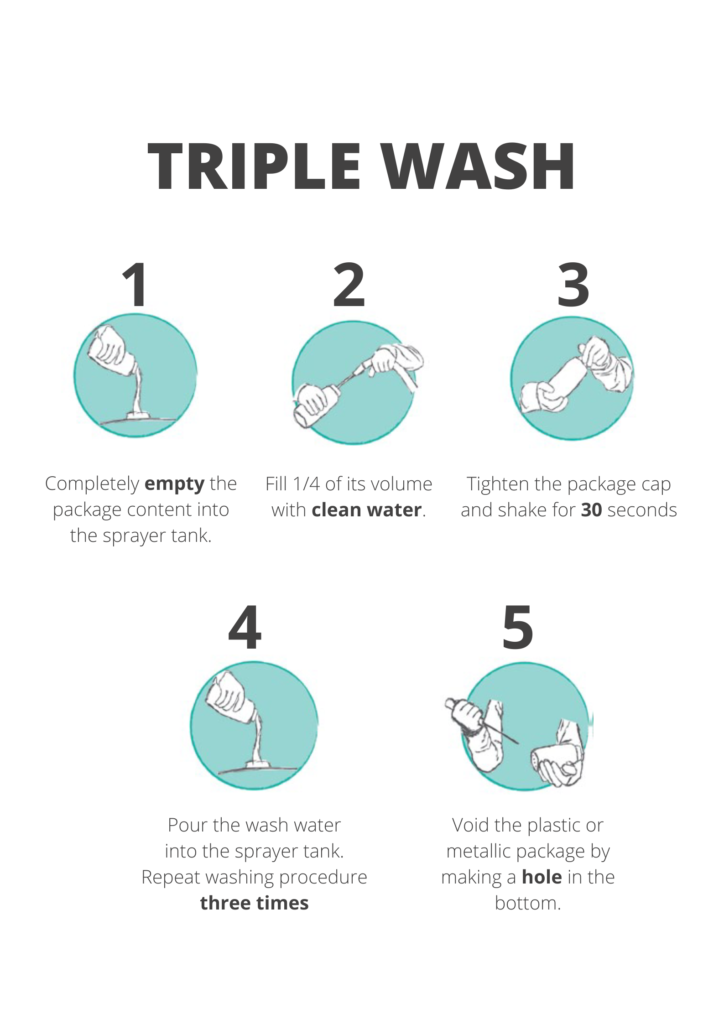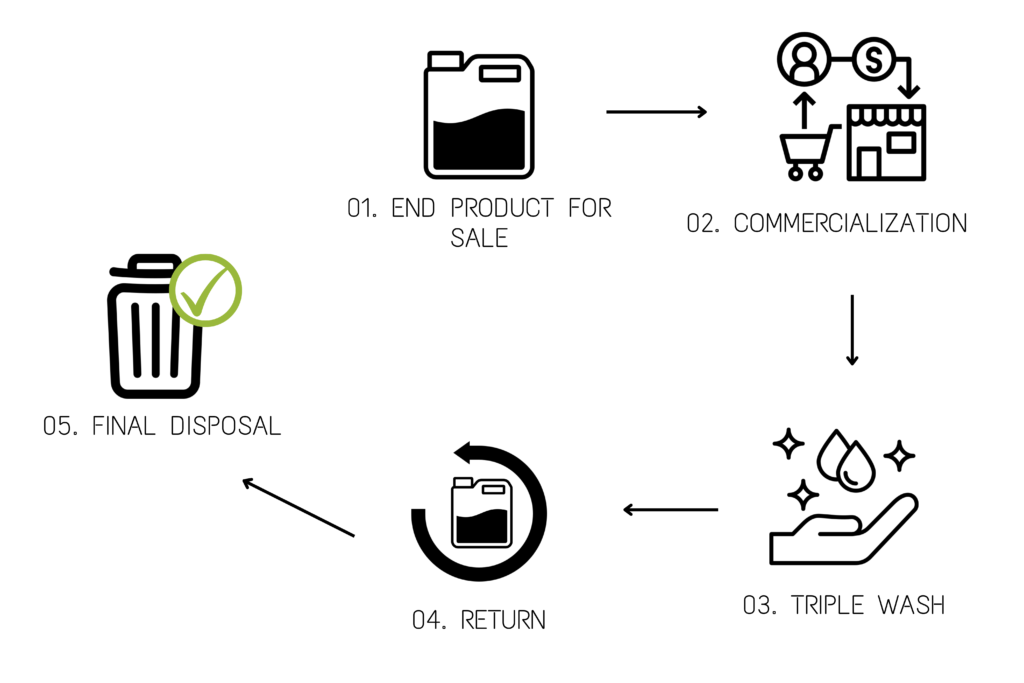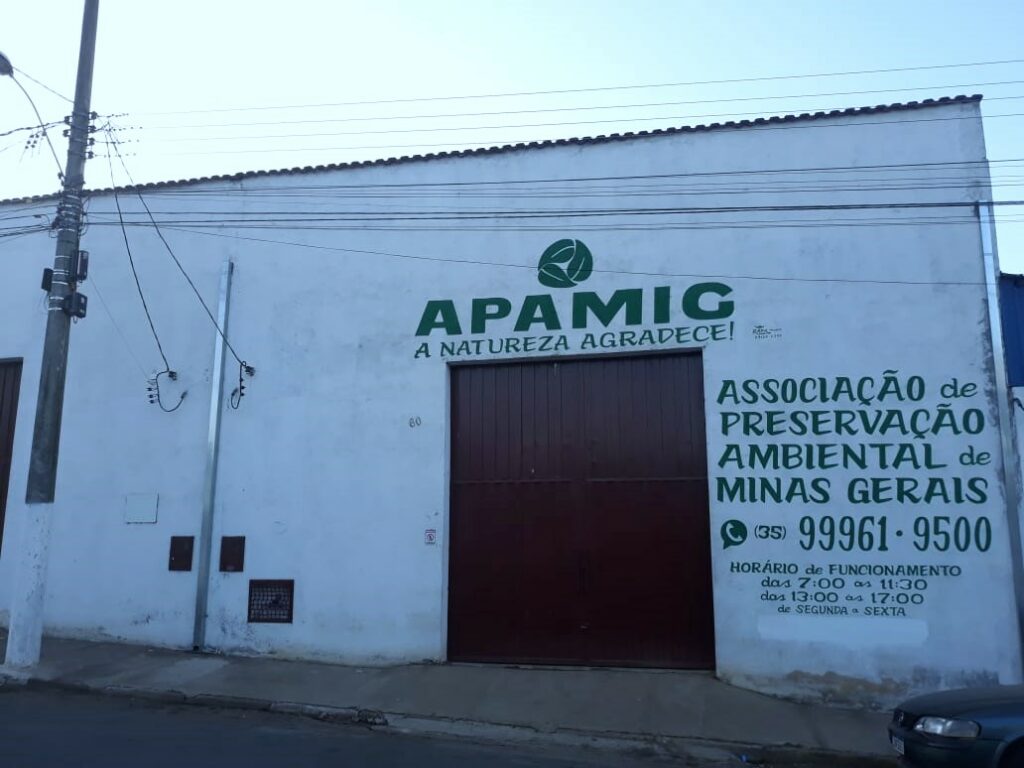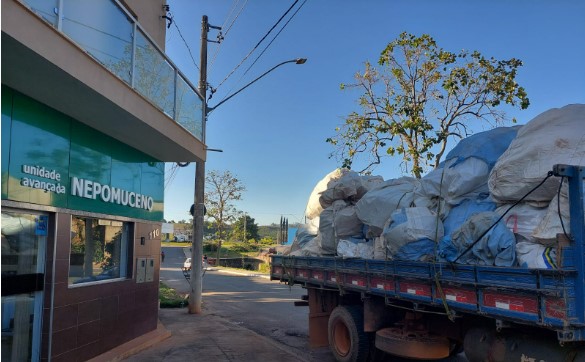Is there a correct procedure to dispose agrochemical packaging after using the product? Read the following text to find it out!
Agrochemicals support sustainability
Agricultural production has been increasing due to the growth of population through years. The greatest challenge for the sector is to feed such growing population. Which must happen in an environmentally fair, socially accepted, and economically feasible manner. Nevertheless, in terms of coffee farming, data from CONAB (Brazilian Company of Supply) show that coffee farming area has been decreasing. Meanwhile production has been in the opposite direction (it increased).

*Forecast (May 2022)
Thus, the use of agrochemicals has been an important help in this scenario. Accordingly, it has been possible to reduce the planted area, ensuring the control of pests and diseases, that are harmful to plantations and the health of plants, promoting sustainability in the coffee sector.
However, this only occurs when both management and use of agrochemicals are led in the correct way: not damaging plant health, productivity and the environment.
Agrochemical Packaging
After the correct use of an agrochemical product, its packaging container must be disposed without impact to the environment. The empty containers must be washed three times (tríplice lavagem in Portuguese) and kept in a storage room, appropriate to chemicals, prior to be followed to proper destination, complying with the legislation and suppliers’ guidelines.

Brazilian law #7802, from June 11th, 1989, however, establishes directions for questions regarding agrochemicals, addressing: research, experimentation, production, packaging and labeling, transportation, storage, commercialization, market advertisement, usage, imports and exports, final destination of residues and containers, registration, classification, control, assessment and inspection of products, components and related by-products.
According to inpEV (National Institute for Processing Empty Packages), in 2021, 53.6 thousand Tons of empty containers were collected by the institute, which avoided the emission of 899 thousand Tons of CO2 from 2002 to 2021.

Partnership for correct disposal of packaging
In 2022, Cooxupé established a partnership with APAMIG (Association of Environmental Preservation of Minas Gerais). The objective was to enhance the system of reception and destination of agrochemical packaging. The association is accredited and specialized for this purpose, which shows the concern of Cooxupé with subjects related to sustainability and the environment.
Therefore, the association will be responsible for itinerant service of collection of empty packaging at Cooxupé’s business units at South of Minas Gerais, and Mogiana, in the State of São Paulo. At Cooxupé’s head-office there is a temporary structure to collect the containers. The initiative stimulates the practice of reverse logistics aimed at reusage/disposal of residues by sustainable means.
It is also important to remark that the producers have to present the bill of sale of the product when returning the empty packaging.
APAMIG
APAMIG is a non-profit institution focused on the correct reception and disposal for packaging of agrochemical products used by rural producers at their farms. In this regard, the partnership with Cooxupé is meant to provide support (also to co-op members) concerning the correct destination for the packaging, considering that there are no collection stations in every town, which would make difficult for farmers to deliver such containers.
“By means of the partnership with Cooxupé, we’ve been performing the collection in towns where the co-op acts. We’ve been offering total support to the producers that are correctly disposing the agrochemical packaging. In the days when the actions take place, we mobilize regulatory bodies that follow the collections. So, we send the packaging to APAMIG’s collection station, then to inpEV (that proceeds with the disposal). Lastly, this partnership has come to add, to facilitate the lives of farmers regarding the correct destination of such empty containers. Our main concern is the environment. To cleanse and take care of nature.”
Daniel Nascimento – President of APAMIG







